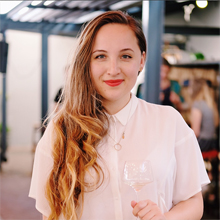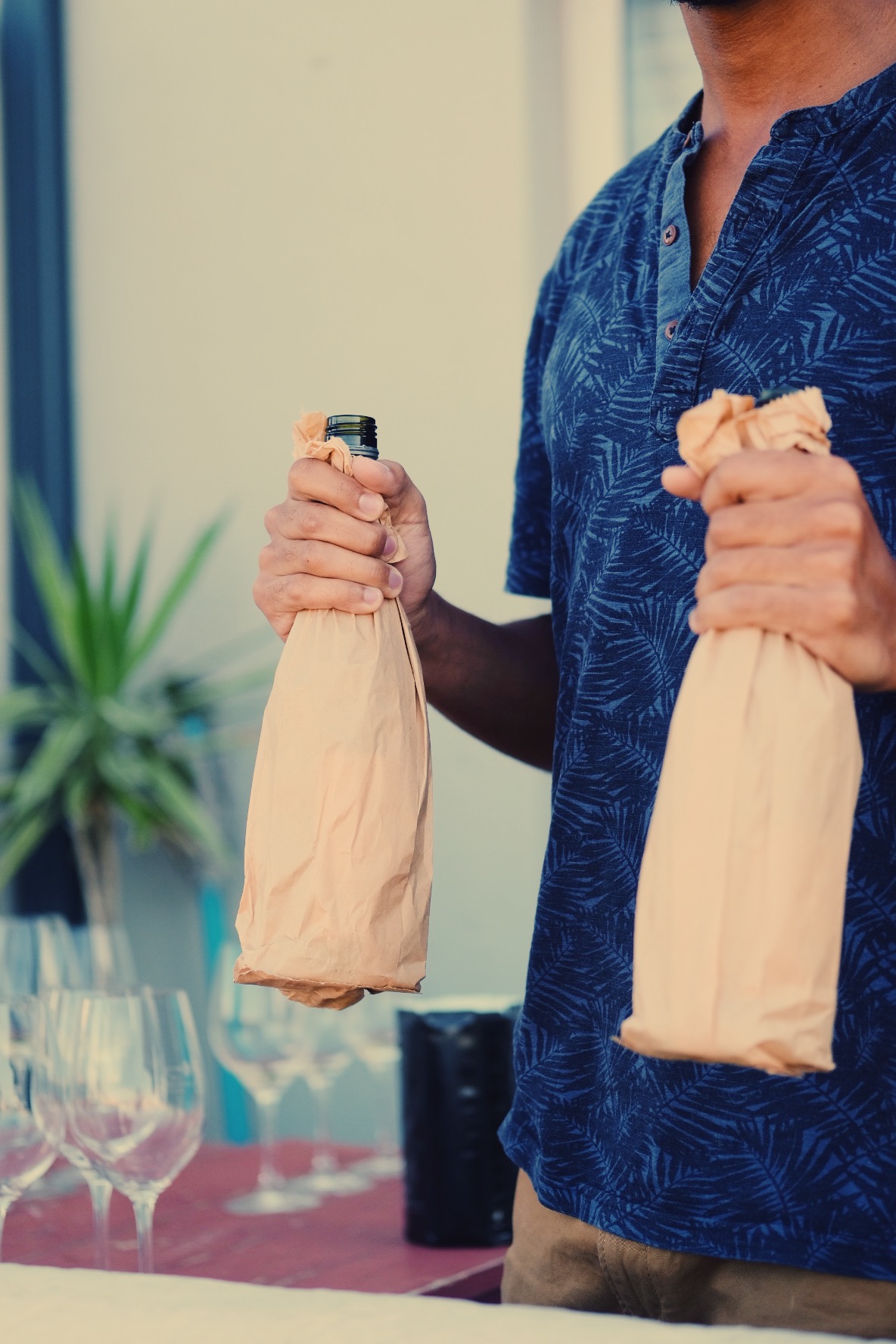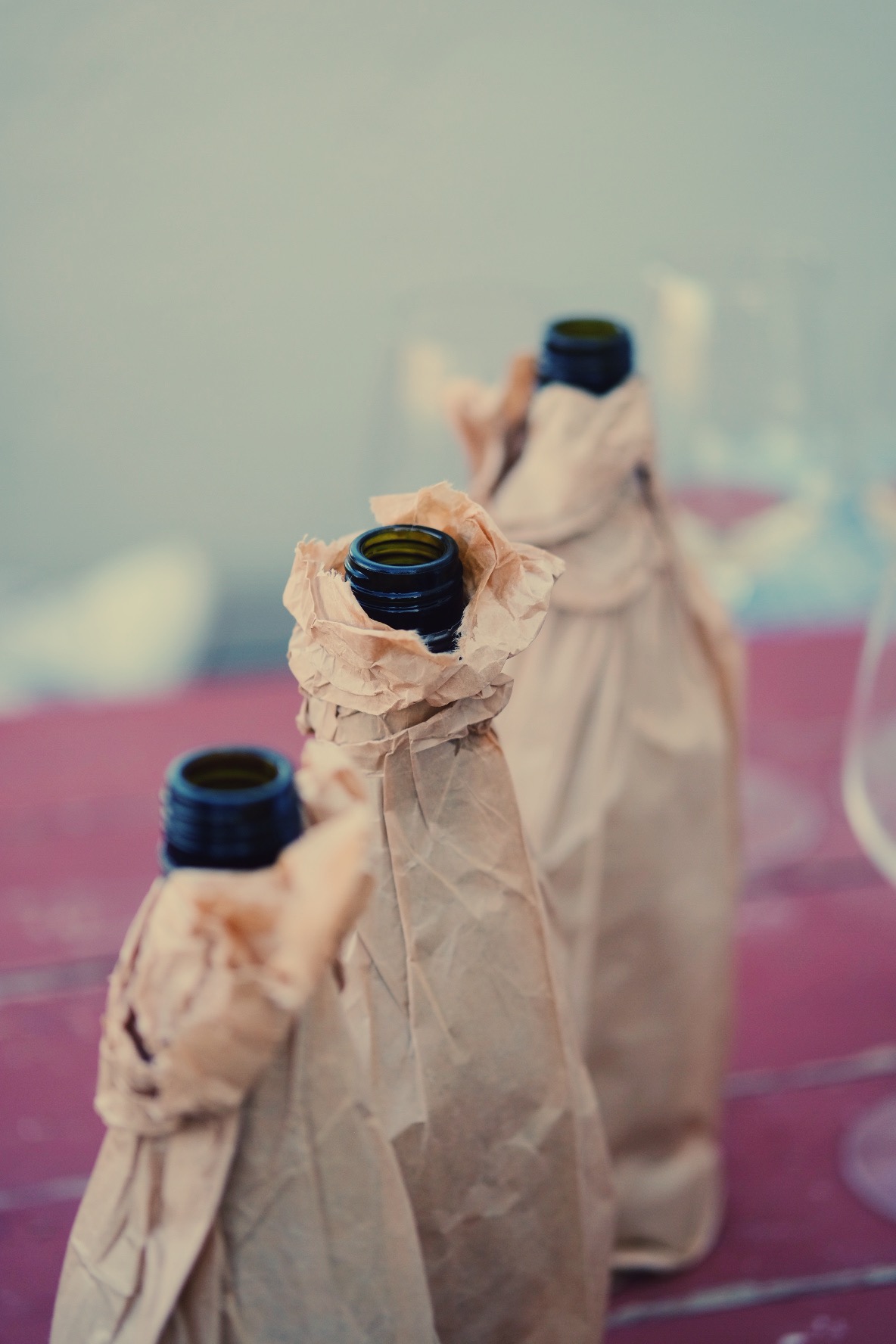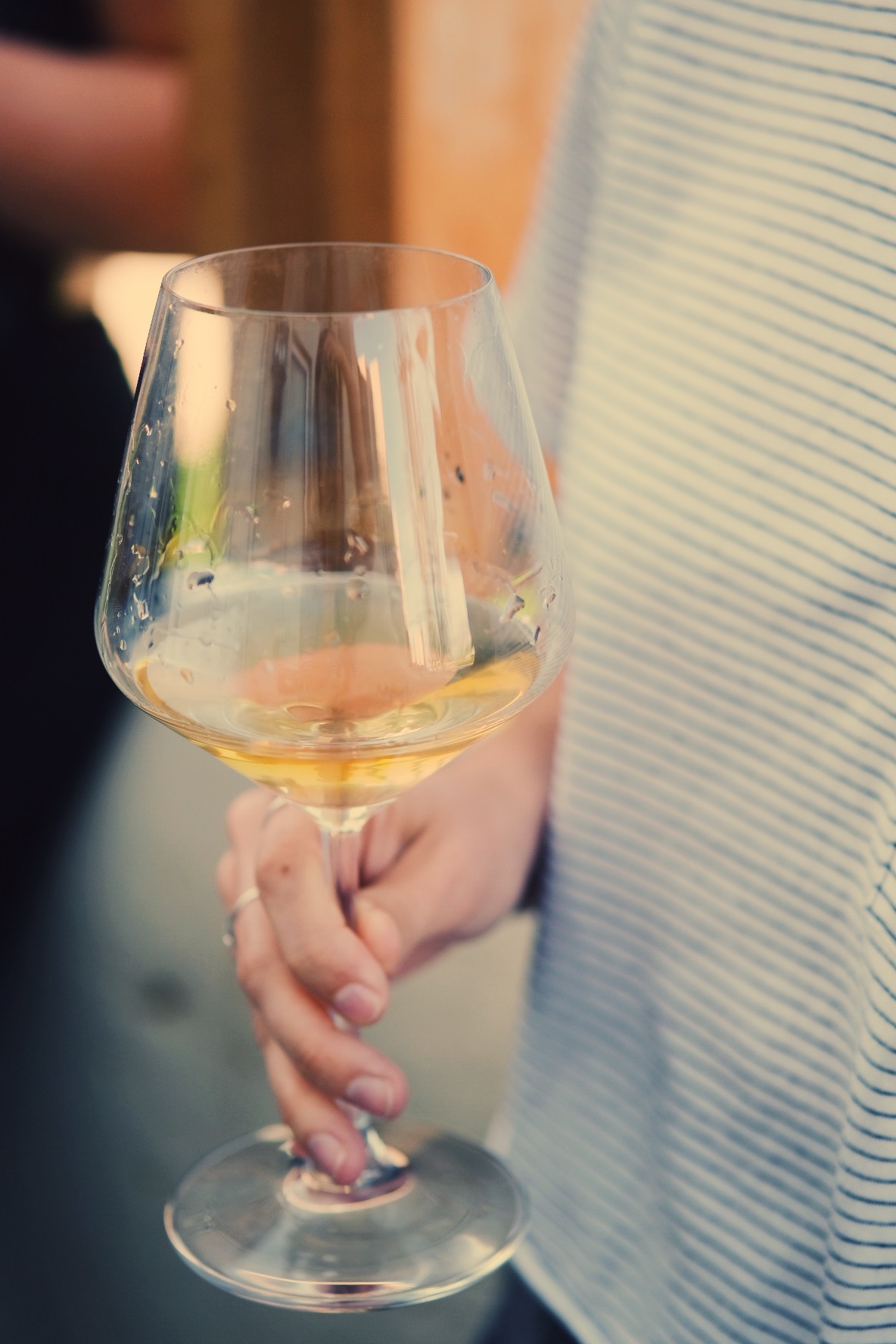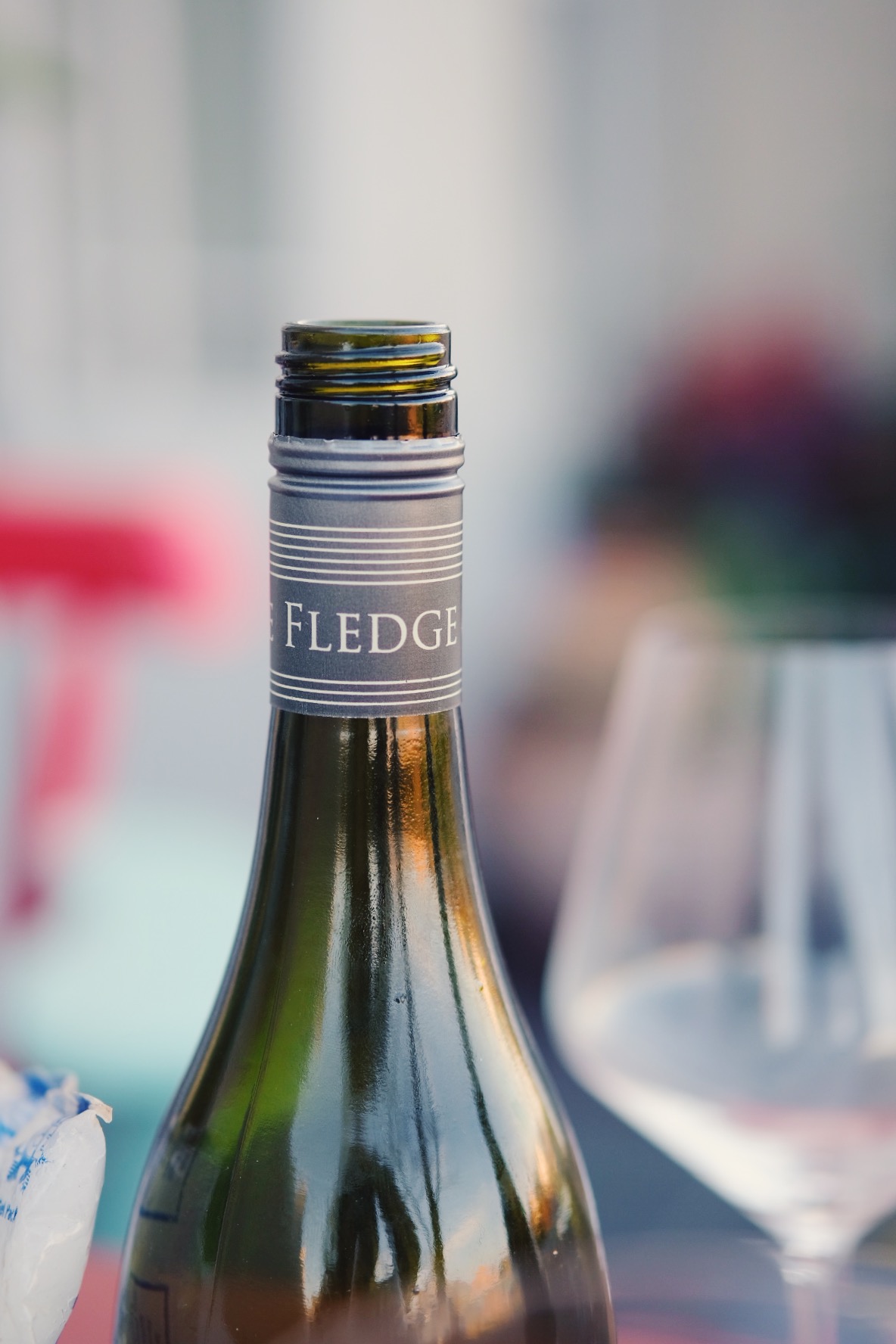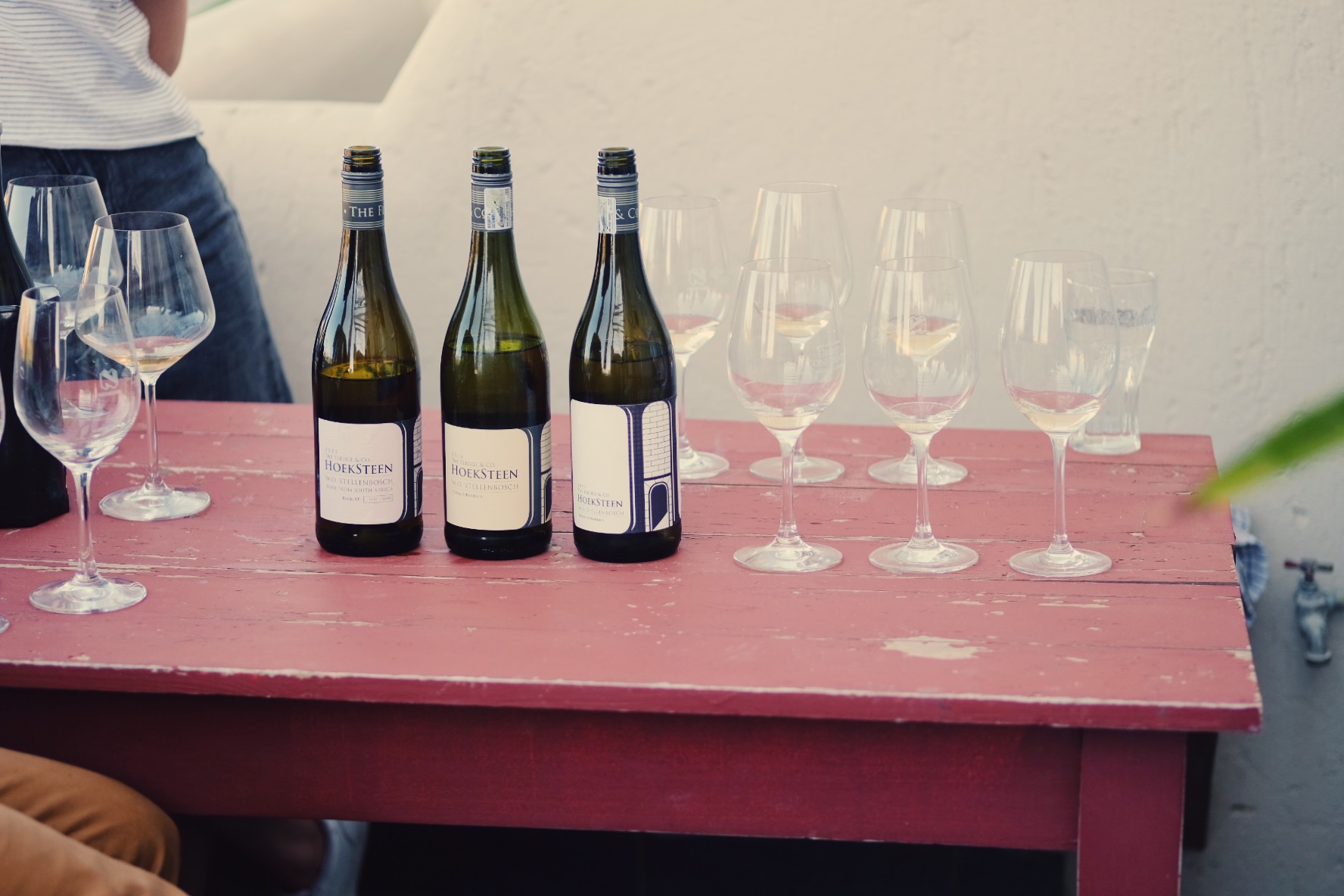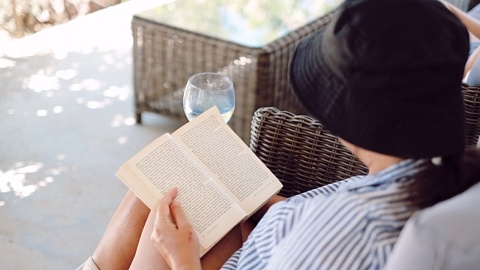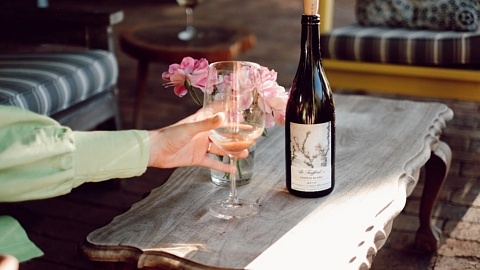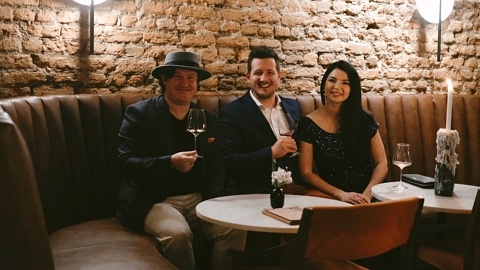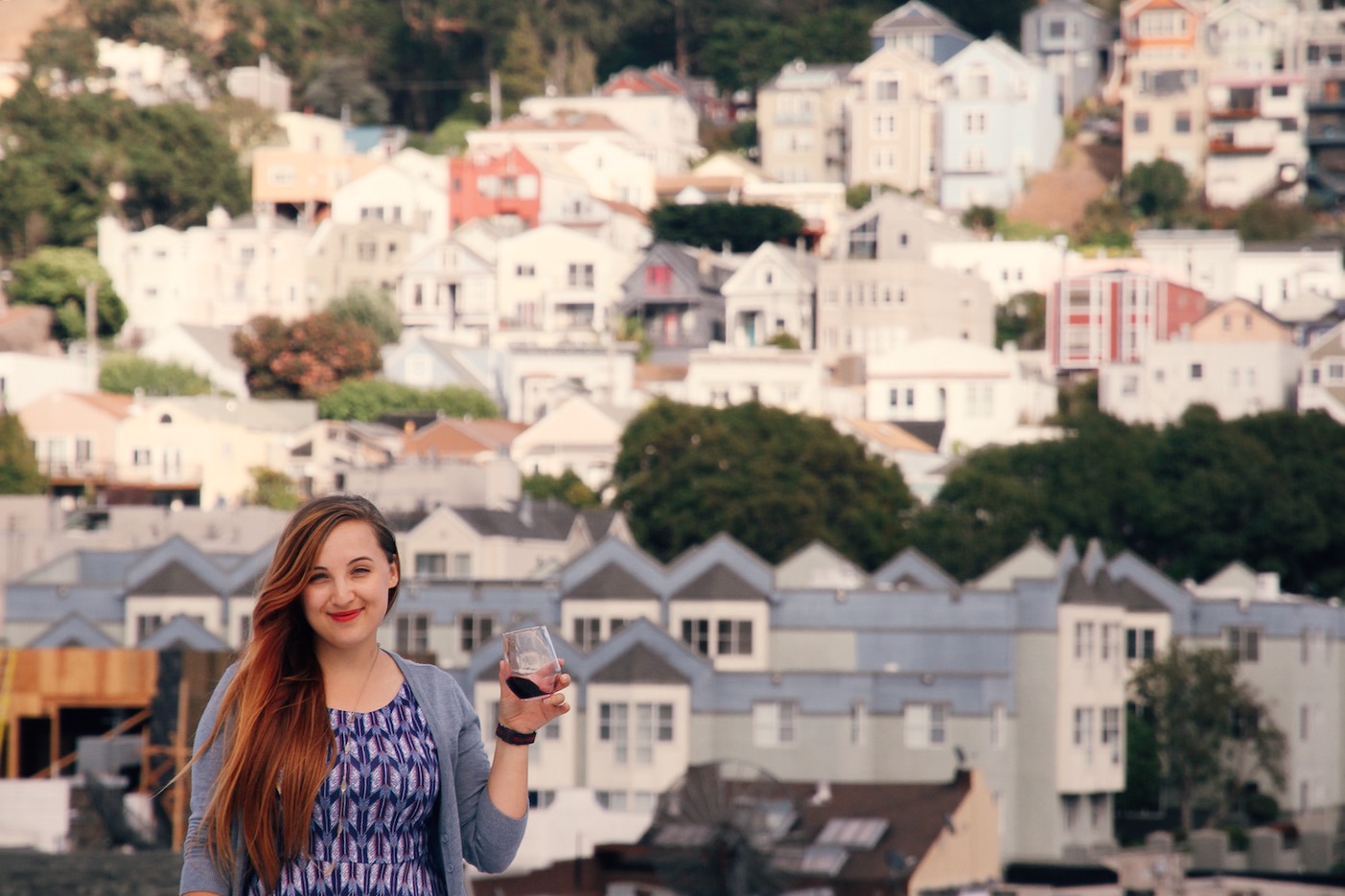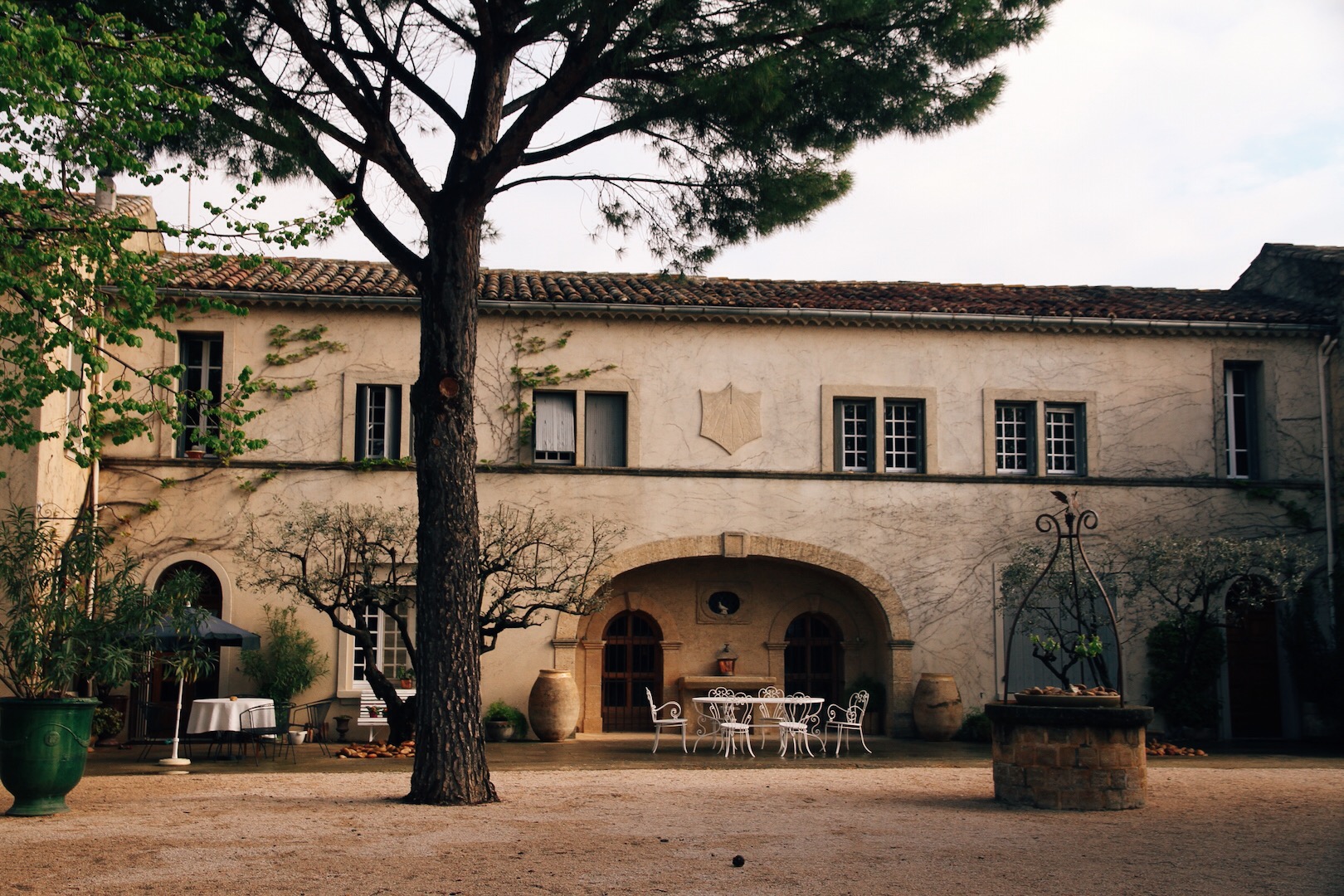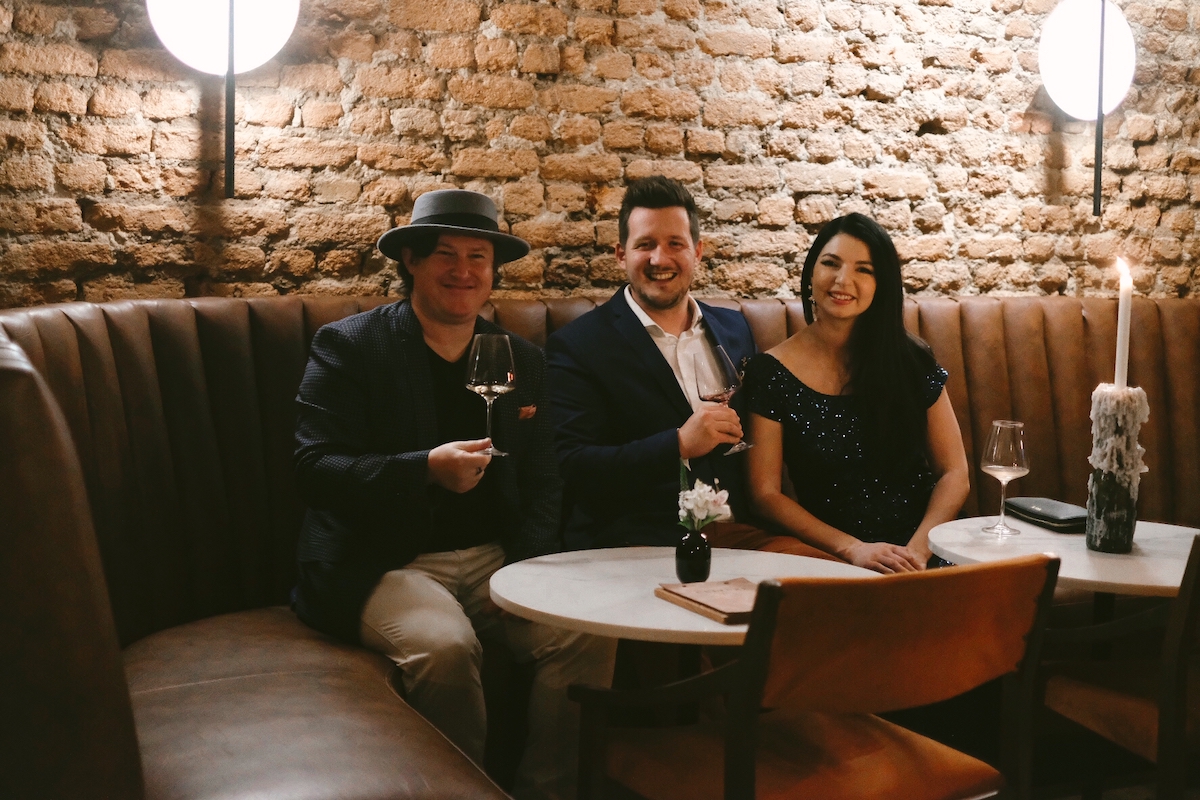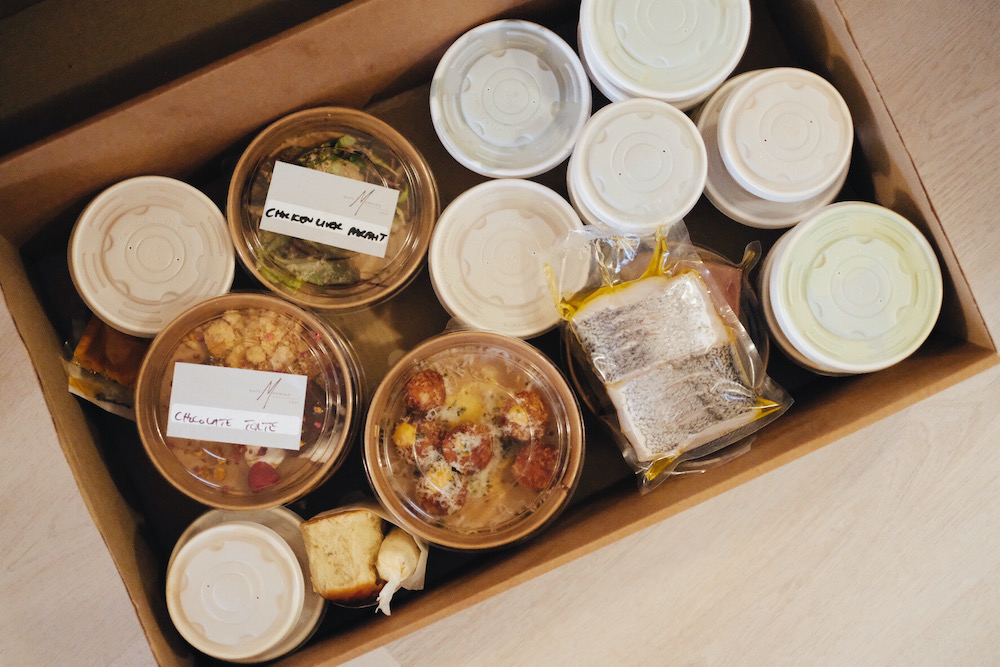Let’s face it – humans are inherently visual creatures and we eat (and drink) with our eyes before our taste buds get in on the action. Even seasoned tasters can fall into the trap of judging a wine too quickly, based on ideas they may have around a bottle’s label design, producer or region of origin. It’s a no-brainer then that the best way to eliminate this bias is to taste blind. We don’t mean tasting in a pitch black room (though that could be messy and entertaining in its own right), but rather covering up the bottles and thereafter having the big reveal. While it can be a bit intimidating to do this in a group of people, it’s truly the best way to evaluate a wine based on its intrinsic qualities – and once you get past any feelings of self-consciousness, guessing a wine’s grape variety, origin and even producer can be good fun and truly surprising (and trust us, even experienced people get it wrong all the time! Don’t be shy to say what you really think).
BUNCH OF WEIRDOS
It might seem like an unusual weekend activity, but when you’re as nerdy about wine as we are, organising a popup blind tasting at home is par for the course, especially when we receive a fleet of bottles to taste from a generous young winemaker. One of our favourite formats is to do a vertical blind. This is essentially when you taste exactly the same wine, but made in different years. If you’ve ever heard someone say something poncy along the lines of “I do say old chap, 1982 was an excellent vintage”, what they’re conveying in yes, a super pretentious way, is that every year a wine will be slightly different. This is because unlike many other alcoholic beverages that can be made year-round (beer and most spirits), with wine, you have one grape harvest per year, towards the end of Summer. Natural factors such as temperature, rainfall and even incidents like frost and hail early in the growing season can all contribute to how the grapes, and subsequently wine, turn out in a given year. Some people see this as a major downside – what if I find a wine I really love, and it’s not just the same the following year? This can happen, but we like to see it as yet another reason why every wine is a unique and special snowflake.
VINTAGE VARIATION
Certain regions are also more prone to vintage variation than others – think Bordeaux with its maritime climate and year-round rainfall: some years can be really cold and wet, exposing the grapes to mildew, rot or uneven ripening, while others can produce spectacular, perfectly ripe age-worthy wines. Then you have regions like Napa Valley that tend to have warm, dry growing seasons meaning the grapes can be left to hang on the vines fo a long time with little risk of disease – resulting in wines that are usually concentrated and ripe (and often high in alcohol).
BACK AT THE RANCH
In the Western Cape, our vintages tend to be fairly consistent due to receiving the bulk of our rainfall in Winter and generally having warm, even growing seasons. That said, we have an impressive diversity of climates within a rather small area, so we do see a degree of vintage variation. One of the major factors affecting our region lately has been the severe drought. Some say it has contributed to higher quality wines (the argument is that vines are inherently lazy plants so should struggle a little to produce concentrated, flavourful grapes) but let’s not forget how most recently the drought killed the radio star. At the end of the day vines are living things that need water – like most things in life, everything in balance.
HOW TO TASTE FOR THE AGE OF A WINE
We are by no means experts on the topic, but there are a few elements that can help you assess the age of a wine:
Colour: as slow, micro-oxidation occurs (corks, and even screw caps let in a teeny tiny amount of oxygen over time), a wine will slowly turn brown. Whites tend to move through gold or amber, while reds that are originally bright in colour will turn garnet or brick red. Different grape varieties also naturally have more or less colour so this isn’t a hard and fast rule, but generally younger whites will be more pale yellow and green, while young reds can be vibrant purple and ruby.
Aroma: Aged wines tend to exhibit what we call developed’ aromas that also in part come from slow oxidation. Whites tend to develop aromas like nuts and honey and lose fresh fruit or floral notes, while reds can develop notes of meat and leather while losing bright red fruit character.
Taste: There are three things that can help preserve a wine: tannin (which comes from grape skins and seeds), acidity (naturally present in the grape juice or added during winemaking) or sugar (think about how honey preserved in ancient Egyptian tombs is still edible). Over time, tannins integrate into the wine making it smooth, while acidity falls away.
THE BIG REVEAL
So what were the results of our own little home vertical? We had three white wines to taste – a 2015, 2016 and 2017. Appearance-wise they were all a fairly similar pale gold colour, so that didn’t give too much away.
What was interesting is that we agreed there was a common element running through the three wines on the nose – a melon character that expressed itself in a subtly sweet way in wine #1, in a rich and ripe way on wine #2, and in a fresh, exuberant way in wine #3. We guessed that the latter was the youngest of the three, while wine #2 would be the oldest.
Well, turns out we were only half right – when it was revealed that we were tasting a fleet of Hoeksteen Chenin from The Fledge and Co. (winemaking power couple Leon Coetzee and Margaux Nel), we found we had guessed the youngest wine correctly (the fresh and exuberant 2017), but had been hoodwinked by the other two! This was especially surprising to us, as 2015, the oldest vintage, is lauded in SA as a vintage rendering some of the most concentrated fruit around. It was a real surprise to us that we found the 2016 more ripe and intense – but that could also be a factor of the continuation of the drought.
We guess the most humbling thing we learned here is that it’s dangerous to generalise – while the above tips can be rather helpful, winemaking is still a craft, and human decisions such as at what ripeness to pick and how to make the wines cannot be disregarded. Well done Leon and Margaux on three beautiful vintages and for successfully pulling the wool over our eyes!
Words & images: Kristen Duff
